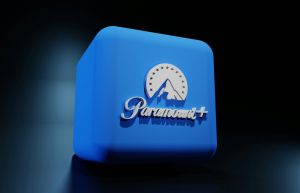From the long-awaited ISSpresso machine to improving LCD screens, the sixth SpaceX contracted resupply mission will bring new research to the ISS, according to a press release from NASA.
One of the projects is the new physical science investigation, the Observation and Analysis of Smectic Islands In Space (OASIS). OASIS examines the behavior of liquid crystals in microgravity - the motion of the crystals and the "smectic islands" merging of crystal layers. Liquid crystals are used in TV and laptop screens. There is potential to use liquid crystals in small screens applied to the face shields of astronauts, which would enable them to see important information during a spacewalk.
One of the biology and biotechnology studies ready for the orbiting laboratory is the Cell Shape and Expression investigation, will help researchers create an experimental model relating microgravity, cell shape and gene expression. The cytoskeleton is a series of proteins within a cell that help it with shape, support and movement and scientists hope to see how microgravity affects gene expression and cytoskeleton structure. Scientists also hope to uncover the possibility of counteracting microgravity-induced cell damage with pharmaceuticals once they have an experimental model. This could help protect astronauts on future long-duration missions. Researchers could use the new information to treat Earth-bound patients with diseases such as cancer, connective tissue diseases and osteoporosis.
NASA astronaut Scott Kelly and Russian cosmonaut Mikhail Kornienko will participate in a series of human health studies as part of their recently begun One-Year Mission aboard the space station. Researchers hope to identify and alleviate the medical, psychological and biomedical challenges faced by astronauts during long-duration spaceflight.
One of these investigations is the Fluid Shifts study, which is short for "Fluid Shifts Before, During and After Prolonged Space Flight and Their Association with Intracranial Pressure and Visual Impairment." Scientists believe the action of fluids, such as blood and water, shifting position into an astronaut's head during spaceflight lead to increased pressure in the brain. This also may cause pressure to the back of the eye, causing the eye to change shape. The Fluid Shifts investigation measures how much fluid moves from the lower body to the upper body, in or out of cells and blood vessels.
One new technology demonstration heading up to the space station is ISSpresso. This will test an espresso maker aboard the space station that crew members can use to make tea, coffee, broth or other hot beverages. Proving this technology in microgravity may lead to new or improved brewing methods. Crew members may enjoy an ISSpresso beverage using specially designed space cups as part of the Capillary Beverage study - an improvement to the standard drinking pouch with a straw. These specially designed containers use fluid properties such as surface tension to control the beverage in the cup.
© 2025 HNGN, All rights reserved. Do not reproduce without permission.








